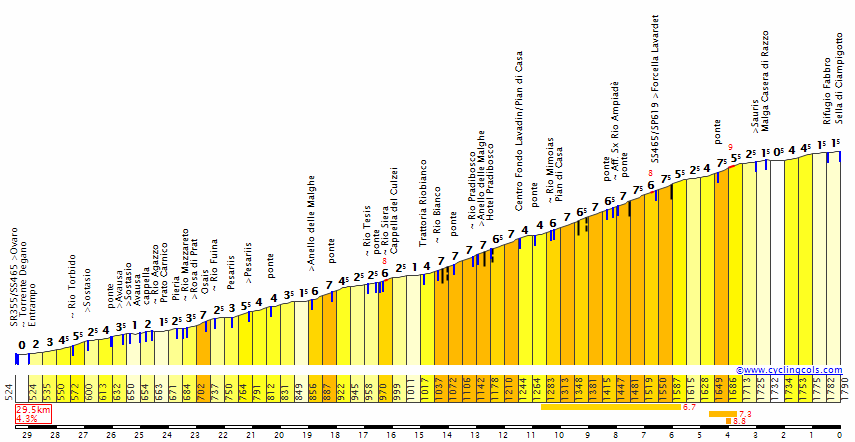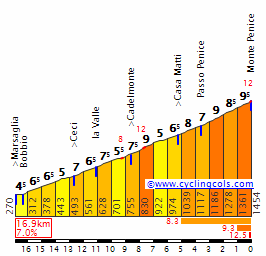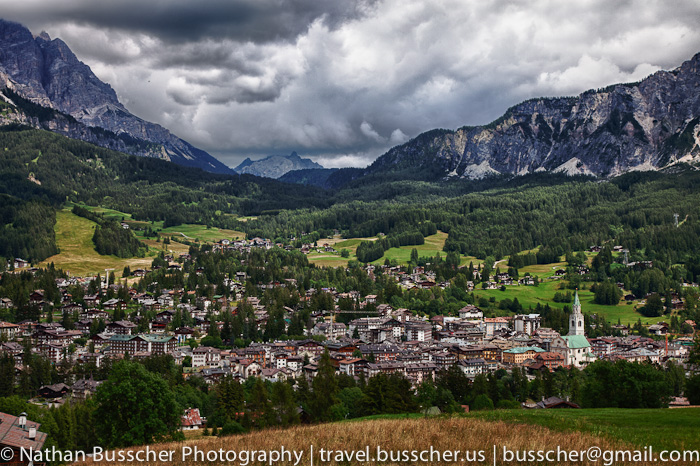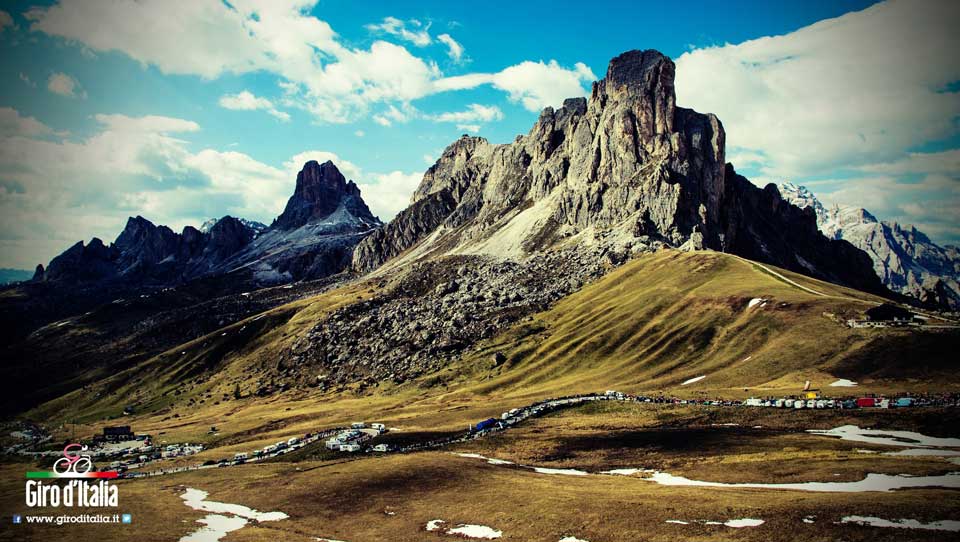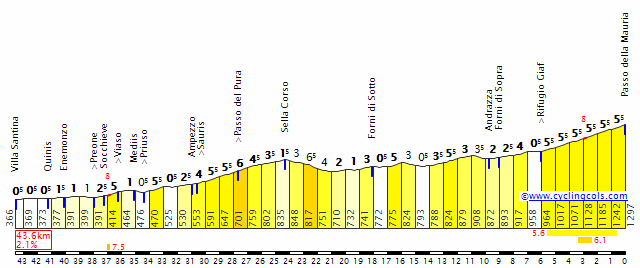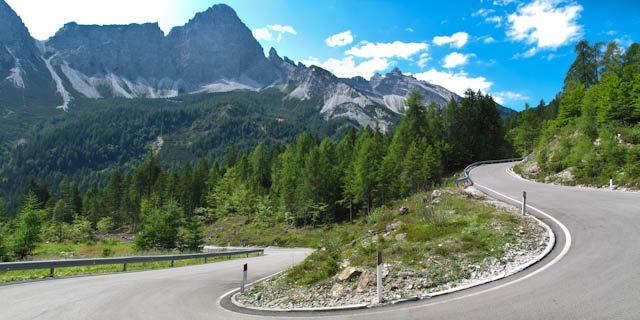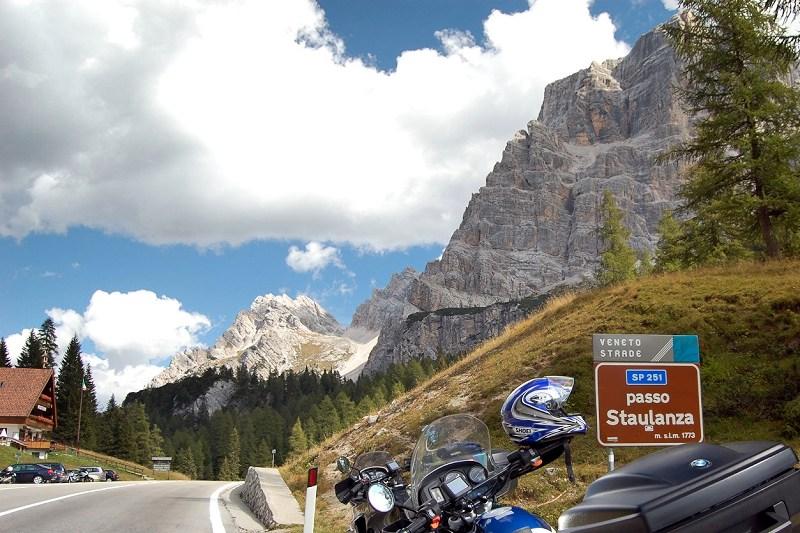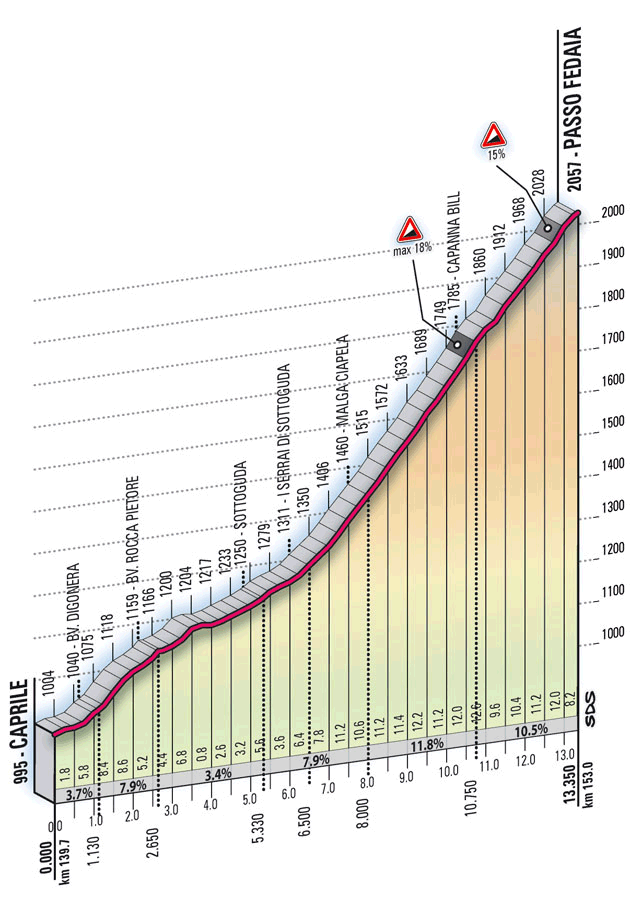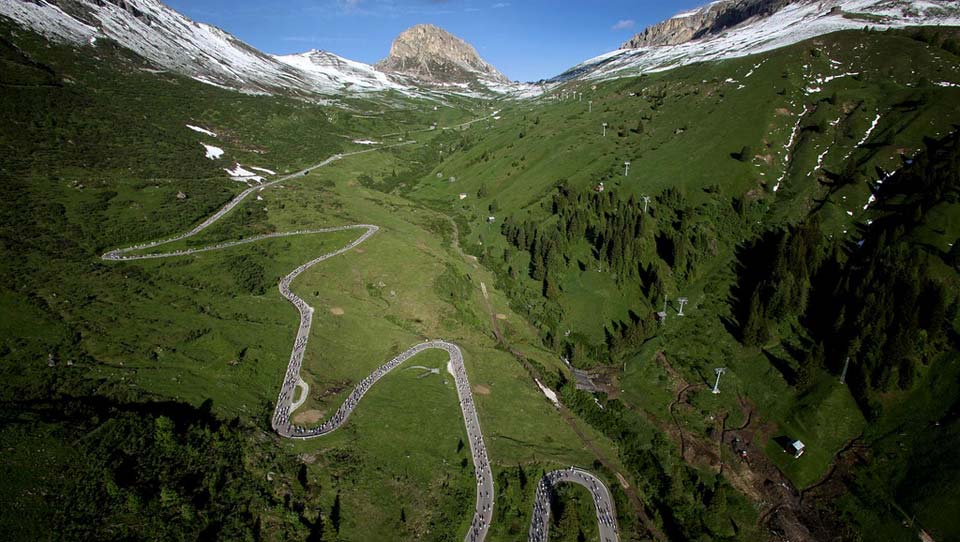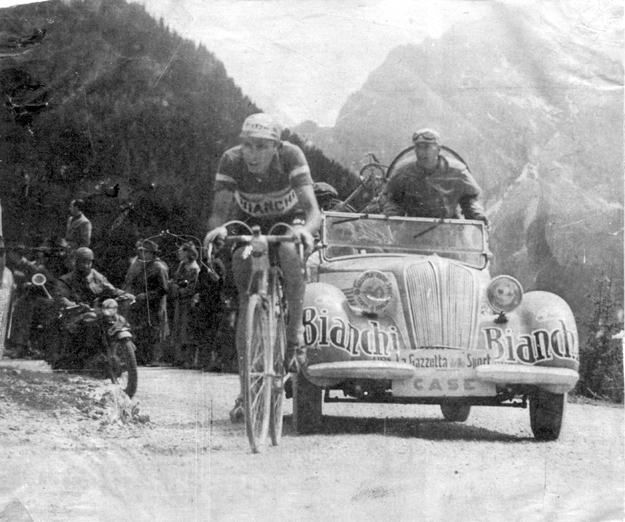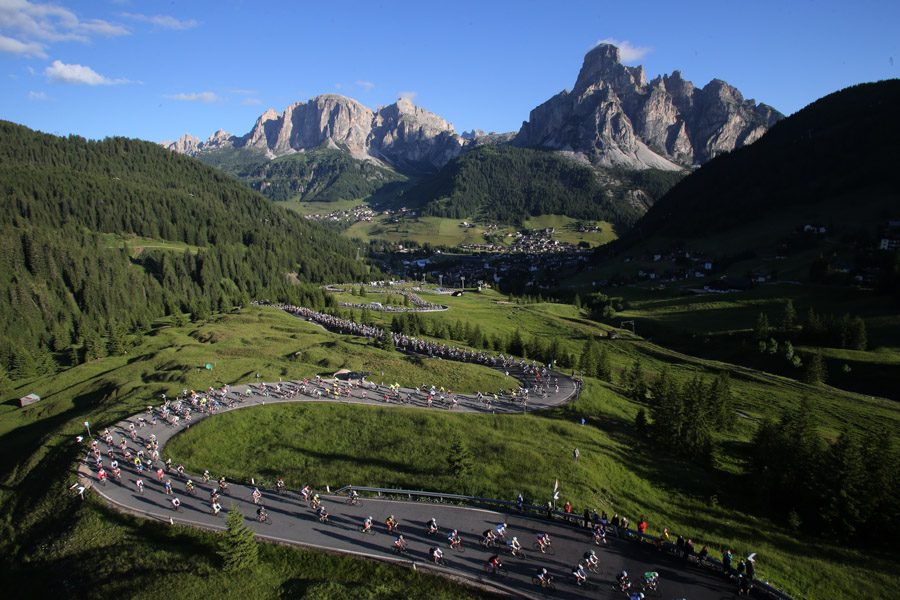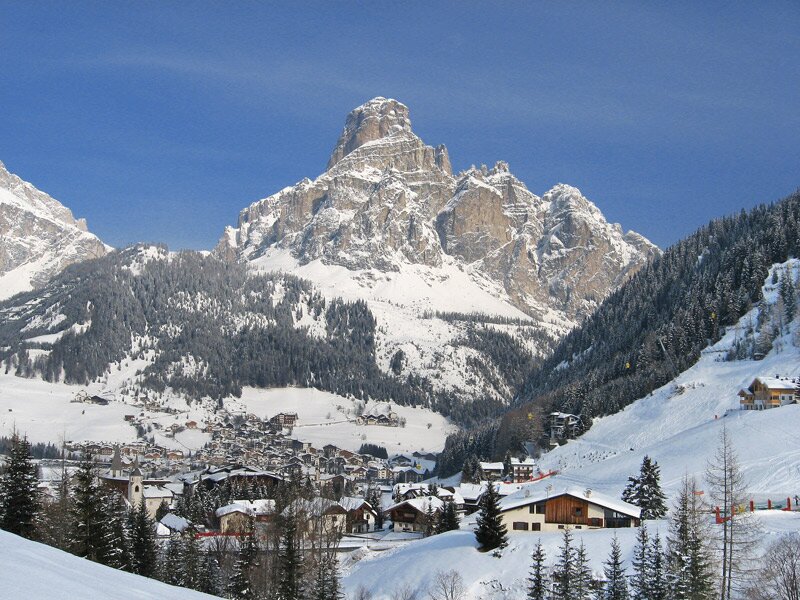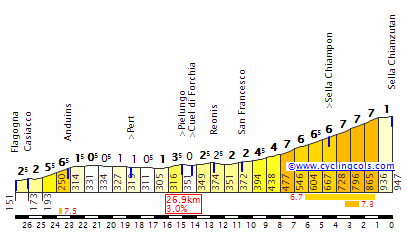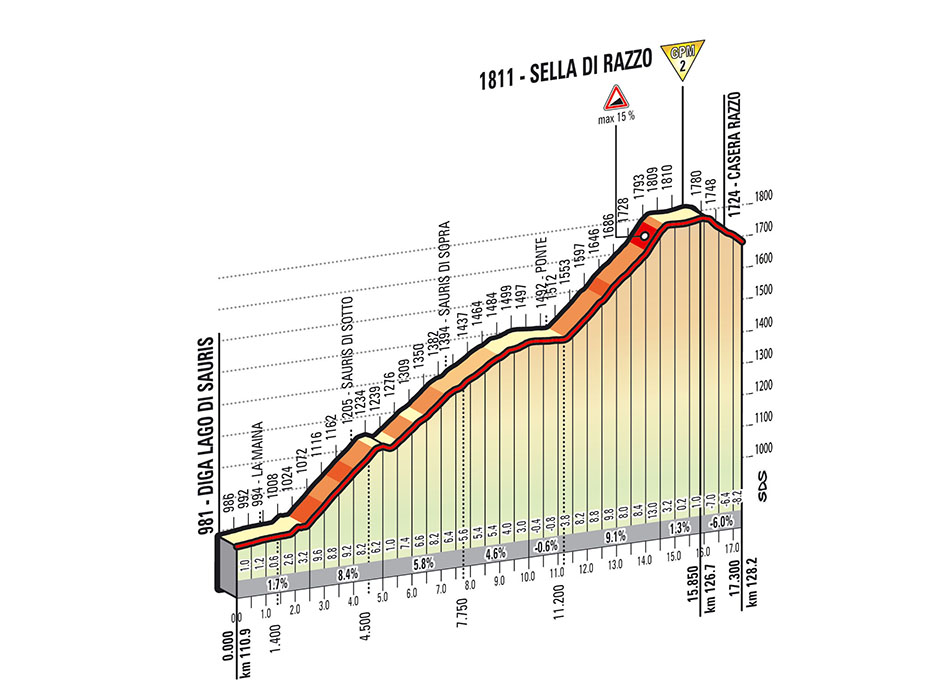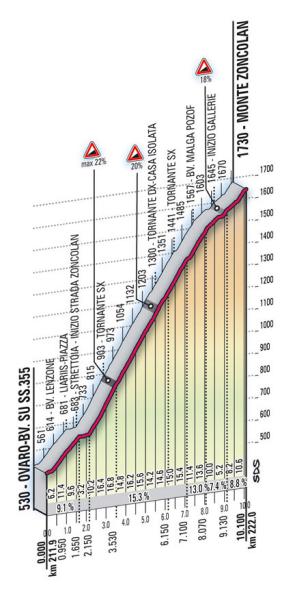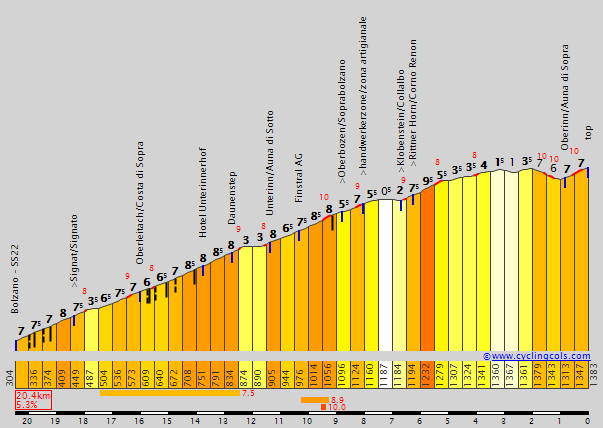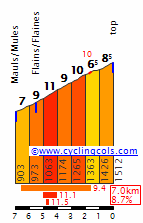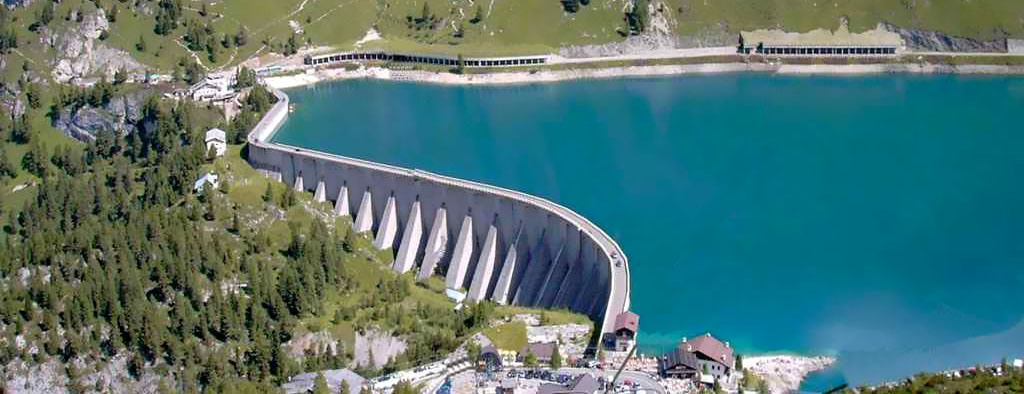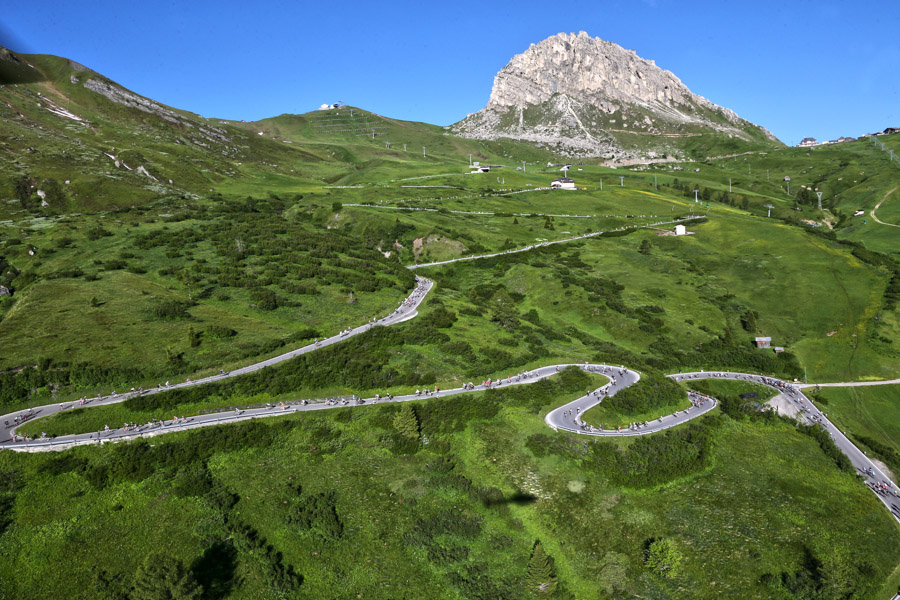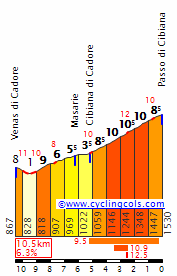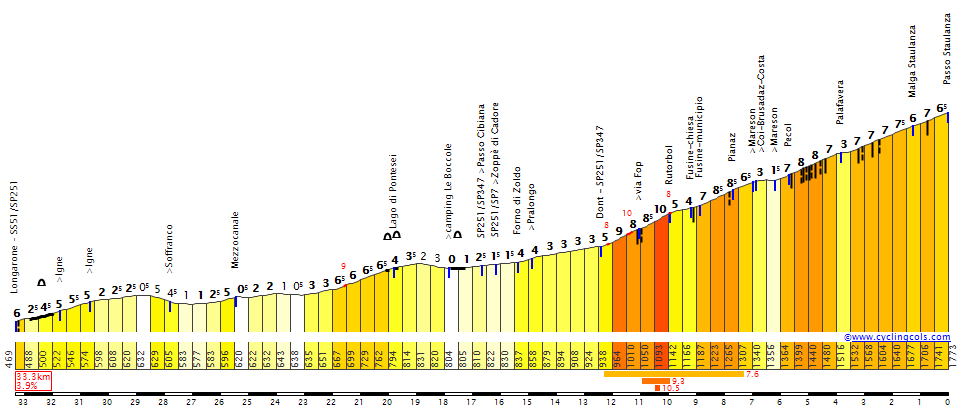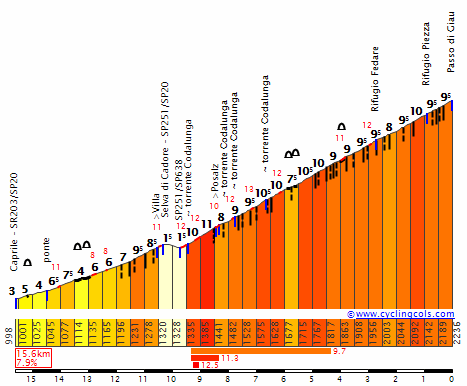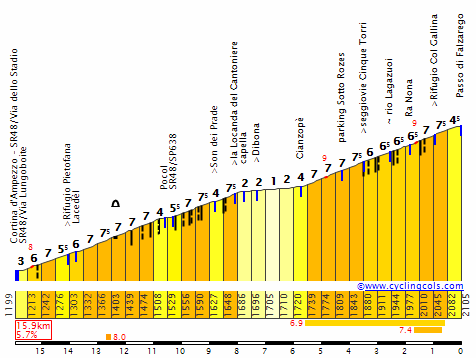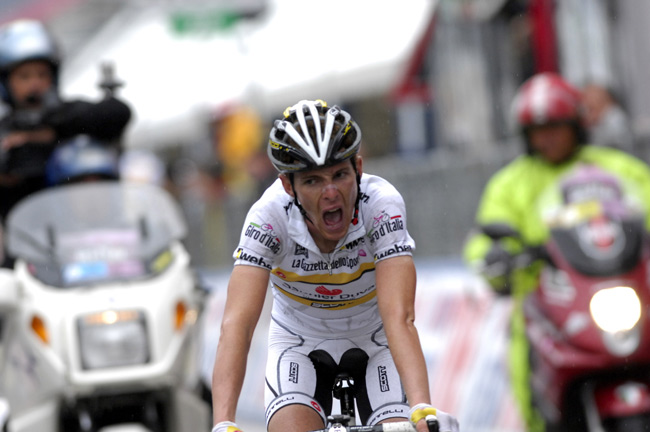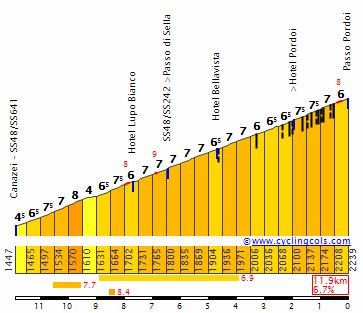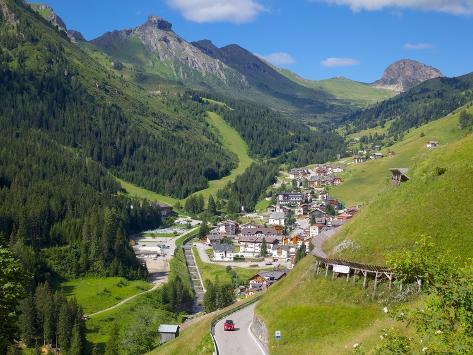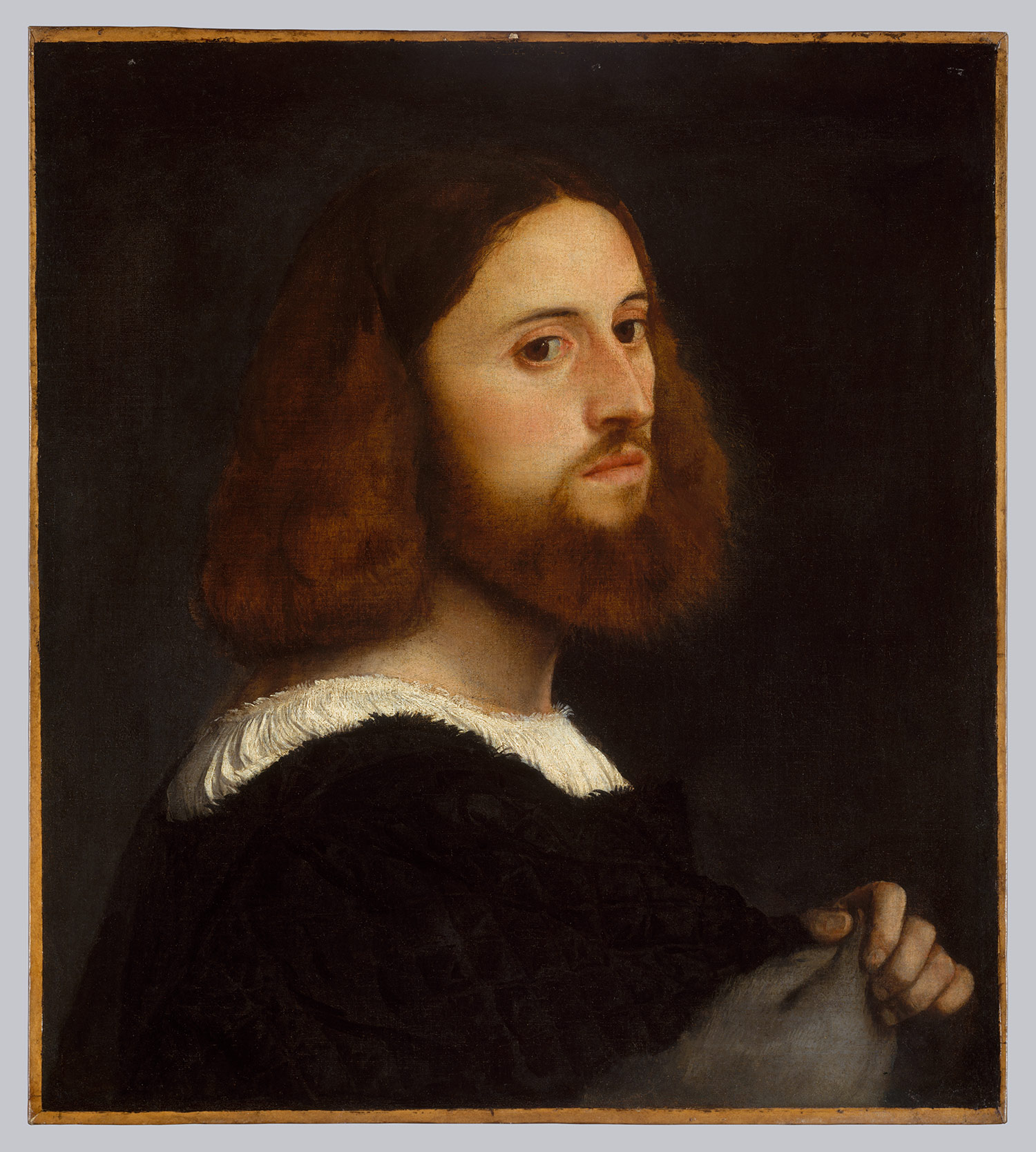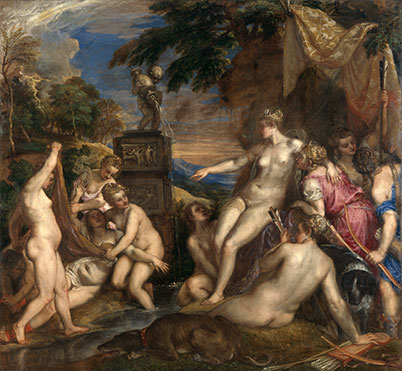- Jul 24, 2014
- 150
- 0
- 0
Giro di Stromeon Stage 13: Vittorio Veneto - Passo San Pellegrino 151km

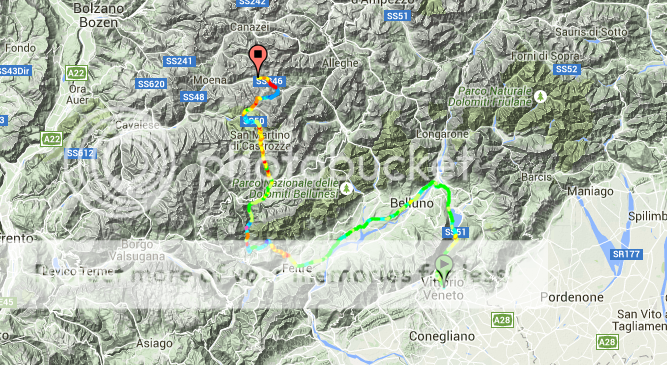
After yesterday's architecturally scenic tour, today we enter the mountains in the first of a group of four varied and challenging stages, finishing at the Passo San Pellegrino, one of the Giro's most well-used and well-known passes.
We begin the day at the historically significant town of Vittorio Veneto, site of the last battle between Italy and Austria-Hungary during World War I, paving way for the Austrian-Italian Armistice of Villa Giusti that ended the bloody conflict between the two countries. We travel through the Piave valley, past Belluno, an important town in the region and a fairly common Giro stop-off, before tackling the second-category Passo Croce d'Aune. This should soften the peloton up a bit, but is unlikely to have much impact on the stage as there is quite a bit of false flat after the descent as we slowly wind our way up to Fiera di Primiero, and the start of the Passo Rolle. This long but fairly steady climb, perhaps more typical of the French Alps than the Italian Dolomites, was last climbed in full in 2003, when the very same combination of Rolle-Valles-San Pellegrino that is being used today was used, albeit preceding a finish in Alpe di Pampeago that time. The Passo Rolle was also climbed in 2009, but spread across two stages - the first a mountain sprint to the ski resort of San Martino di Castrozza, about two-thirds of the way up the climb, and then the second on the ridiculously short and rather anticlimactic Alpe di Siusi stage the next day. However the climb has great history in the Giro, and in the 50s and 60s in particular it was almost an annual fixture, including in the famous Monte Bondone stage of 1956, won by Charly Gaul in appalling weather conditions.
The length of this climb will certainly sap the riders, but they will have no time to recover as we go up again to the Passo Valles. Slightly overshadowed by its two neighbours, it is nevertheless a nice little climb that offers an excellent springboard for attacks before the climb, topping out just 12km from the finish. However, we are not done yet, as we ascend the Passo San Pellegrino, which, as you can see from this profile (we join the climb at 'bivio Passo Valles') kicks up immediately to over 10% before lessening a little to around 8% at the finish. This is the same side as used as the stage finish in the 2006 Giro stage won by Juan Manuel Gárate, but cutting out the first half of the climb and replacing it with climbing instead of false flat directly beforehand.
In my opinion, the combination of these three classic but not recently overused climbs coming quickly after each other with barely any respite in between should make for some great racing, and it is also a chance to remember this epic stage from the 1963 Giro d'Italia, finishing in Moena after a small descent from San Pellegrino. It was won by eventual KoM winner Vito Taccone with a splendid solo, finishing over 4 minutes ahead of the second-placed rider after nearly 8 hours in the saddle. In third was Franco Balmamion, the winner of the race, who took nearly three minutes out of Vittorio Adorni, the previous maglia rosa, to set him on his way to eventual victory.
Vittorio Veneto:
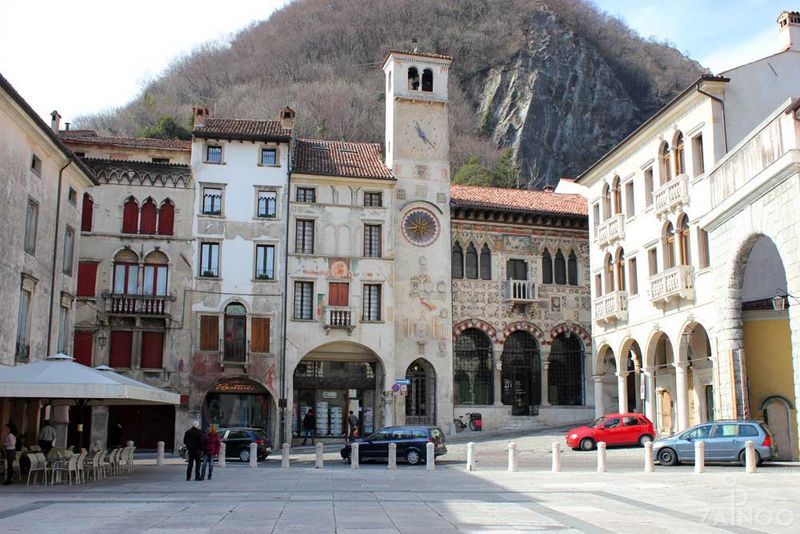
Passo San Pellegrino:



After yesterday's architecturally scenic tour, today we enter the mountains in the first of a group of four varied and challenging stages, finishing at the Passo San Pellegrino, one of the Giro's most well-used and well-known passes.
We begin the day at the historically significant town of Vittorio Veneto, site of the last battle between Italy and Austria-Hungary during World War I, paving way for the Austrian-Italian Armistice of Villa Giusti that ended the bloody conflict between the two countries. We travel through the Piave valley, past Belluno, an important town in the region and a fairly common Giro stop-off, before tackling the second-category Passo Croce d'Aune. This should soften the peloton up a bit, but is unlikely to have much impact on the stage as there is quite a bit of false flat after the descent as we slowly wind our way up to Fiera di Primiero, and the start of the Passo Rolle. This long but fairly steady climb, perhaps more typical of the French Alps than the Italian Dolomites, was last climbed in full in 2003, when the very same combination of Rolle-Valles-San Pellegrino that is being used today was used, albeit preceding a finish in Alpe di Pampeago that time. The Passo Rolle was also climbed in 2009, but spread across two stages - the first a mountain sprint to the ski resort of San Martino di Castrozza, about two-thirds of the way up the climb, and then the second on the ridiculously short and rather anticlimactic Alpe di Siusi stage the next day. However the climb has great history in the Giro, and in the 50s and 60s in particular it was almost an annual fixture, including in the famous Monte Bondone stage of 1956, won by Charly Gaul in appalling weather conditions.
The length of this climb will certainly sap the riders, but they will have no time to recover as we go up again to the Passo Valles. Slightly overshadowed by its two neighbours, it is nevertheless a nice little climb that offers an excellent springboard for attacks before the climb, topping out just 12km from the finish. However, we are not done yet, as we ascend the Passo San Pellegrino, which, as you can see from this profile (we join the climb at 'bivio Passo Valles') kicks up immediately to over 10% before lessening a little to around 8% at the finish. This is the same side as used as the stage finish in the 2006 Giro stage won by Juan Manuel Gárate, but cutting out the first half of the climb and replacing it with climbing instead of false flat directly beforehand.
In my opinion, the combination of these three classic but not recently overused climbs coming quickly after each other with barely any respite in between should make for some great racing, and it is also a chance to remember this epic stage from the 1963 Giro d'Italia, finishing in Moena after a small descent from San Pellegrino. It was won by eventual KoM winner Vito Taccone with a splendid solo, finishing over 4 minutes ahead of the second-placed rider after nearly 8 hours in the saddle. In third was Franco Balmamion, the winner of the race, who took nearly three minutes out of Vittorio Adorni, the previous maglia rosa, to set him on his way to eventual victory.
Vittorio Veneto:
Passo San Pellegrino:




